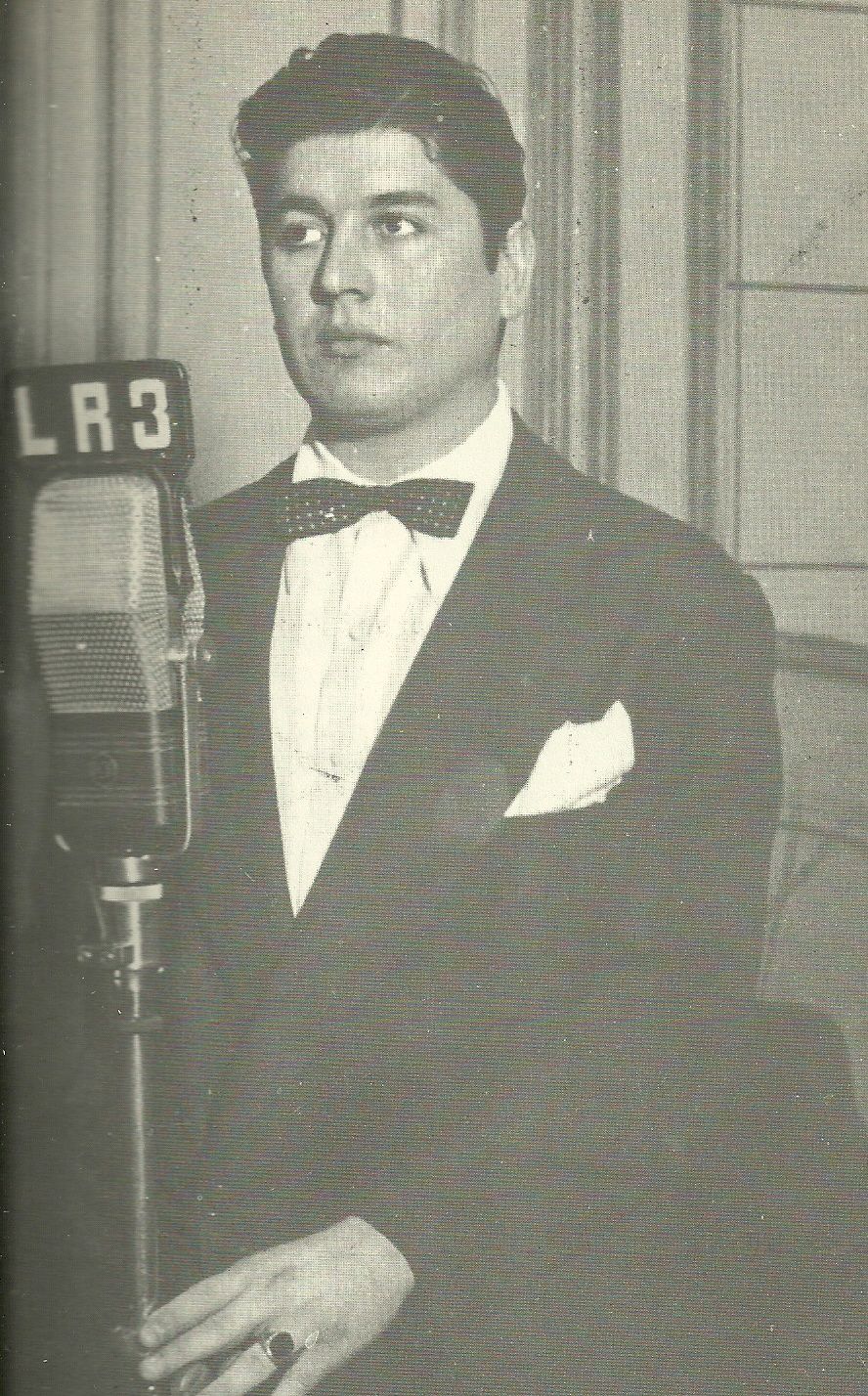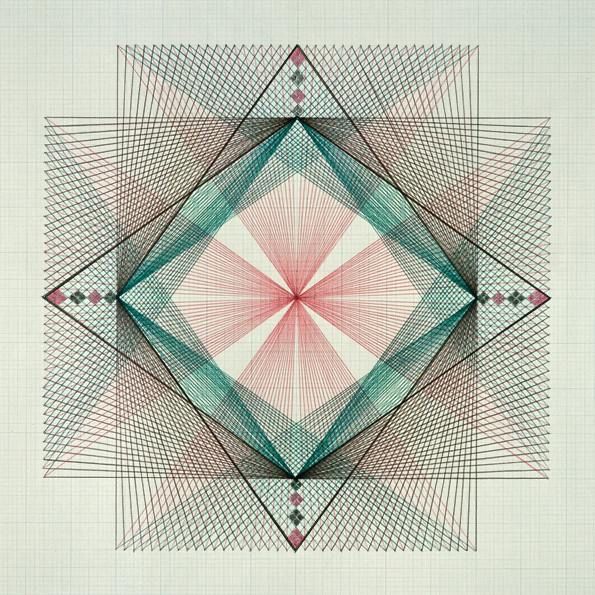 By Alvaro Dominguez
By Alvaro Dominguez
I began learning to dance Tango about three and a half years ago.
I live in the San Francisco Bay Area and when I started I had no idea how large the Tango community here was, and was impressed by the number of classes, teachers and events.
Recently I learned that the Bay Area Tango community is the oldest and perhaps the largest in the US.
Despite the mass and history of the Tango community in Bay Area I heard repeatedly that “the experience of dancing Tango in Buenos Aires is amazing”.
I left the Rio de la Plata almost four decades ago, without ever going to a Milonga on either side of the river; and thus, needless to say, I was skeptic about the greatness of the Tango seen in Buenos Aires; a cultural trait I guess.
About two years into my Tango experience I met Marcelo Solis.
I had many conversations with Marcelo about Tango, the music, its history, anecdotes, and tales he shared about the Tango community in Buenos Aires and the Milongas.
Through these conversations I learned that Marcelo’s love for Tango is indisputable and contagious, and I confess that they began to spark my curiosity and interest.
However, my sense of scarcity, financially and in my dancing abilities, was big enough to prevent me from even dreaming on going to Buenos Aires to dance Tango. Nevertheless, an opportunity to go on Marcelo’s Tango Tour to Buenos Aires materialized last November. I took it.
Buenos Aires Tango
It is undeniable that in Argentina Tango is a well-developed and sophisticated industry, particularly in Buenos Aires; and not only in La Boca, a neighborhood where some say Tango was born; even though its well established that Tango originated on both sides of the Rio de la Plata sometime during the second half of the nineteenth century.
I am not a stranger to Buenos Aires, its people or its culture; in fact I have friends and family there.
Though I had never been to a milonga in Buenos Aires I went without preconceived ideas on the Tango Tour, other than I’m going to have the time of my life. I wasn’t disappointed.
During the Tour I got to meet, dance, and hang out with some of the best known milongueros in Buenos Aires, such as Alicia Pons, Blas Catrenau, Enriqueta Kleinman, Marta Famá, Monica Paz and Néstor La Vitola, among others.
I learnt a lot; from their instruction, from watching them dance, and from their tales and appreciation for Tango that each shared with us.
Friday was our first night at Buenos Aires, and the first milonga we went to with the Tango Tour was at Confiteria La Ideal, a Buenos Aires icon in operation since 1912. We arrived at around 7.00 pm. I believe that secretly the group experienced a sense of anxiety, with each of us thinking “How will my dance skills measure in the Mecca of Tango?”
La Ideal is located in the Centro de Buenos Aires area; it has sumptuous high ceilings supported by columns and a décor that takes you back to the beginning of the past century.
We were greeted at the door by the host and promptly escorted to a set of tables arranged next to the Bar for our group. Our table was at a vantage point from where we could see the complete dance floor, and after ordering a drink I took a deep breath and began contemplating my surroundings.
Who was there? How are they dancing? Who would I like to dance with?
The Friday crowd at La Ideal is a mixture of locals and tourists.
Although it’s not the most renowned milonga all the patrons observe the milonga codes.
Everyone there was appropriately dressed and groomed, nothing fancy.
People sat at their tables socializing with their party while attentively looking for a potential dance partner.
From the distance and from afar people would exchange head-nods (cabeceo) to express interest in dancing.
Couples flocked to the dance floor at the beginning of a tanda.
Two lines of dance were clearly defined, and you could sense the room moving and vibrating at an unstructured though coordinated rhythm. After dancing a couple of Tandas I realized I had received the right training; I knew the rules of the game and my skills were good enough to get out there and play; or better yet, to Tango.
Going to La Ideal was a great introduction to what a Milonga in Buenos Aires is all about, but the best was still yet to come. At around midnight we left La Ideal as a group. Most went back to the hotel but I was ready for more so I jumped into a cab and headed to Salon Canning. Buenos Aires, here I am.
Cabeceo
On Saturday we went to one of Buenos Aires most prominent Milongas; Cachirulo at Villa Malcom.
We arrived early, around 8.30 pm, and there were a good number of people already there. At the door we were greeted by Cachirulo who arranged tables and chairs for our group.
Our tables were on the hall adjacent to the rectangular dance floor.
Tables and chairs framed the dance floor, with women occupying two adjacent sides and men occupying the opposite two. After ordering drinks and some food I began to sink into the Tango atmosphere at Malcom, watching the dynamics in and out of the dance floor. I observed women dancing and admired their ease of movement, inherent beauty and grace. From the distance I caught the attention of a pair of eyes in a body I had been gazing at; I nodded and received a head nod in return.
I was on my way to dance with ‘Salmon’, a tall slender woman wearing a beautiful salmon colored dress (thus the nickname) that danced like an angel. She was from Madagascar.
Something that caught my attention was how, during the cortina, women were extra attentive in search of a dance partner they wished to dance with. I was also on the prowl for dancing and noticed that many of those attentive eyes would look away or just look through me when I glanced intently at them.
Yikes, completely invisible, but that is what cabeceo is all about; it’s a basic code that frames a safe environment for accepting or declining a dance invitation.
In the Bay Area I hear followers and leaders whine about practicing cabeceo, and unfortunately many resist recognizing that practicing the code of cabeceo is essential in promoting better Tango dancing.
As the night progressed, and considering the times I was invisible to many of the women there, I had several good dances. At around 1.30 am the group went back to the hotel, but I remained.
Noticing I was alone and that the crowed had thinned, Cachirulo offered me a Table by the dance floor. Sitting in my new vantage point I looked attentively for potential dancers…but it seemed I was even more invisible; and yes, it was frustrating. It took a while until I got an accepting nod during the second song of a Tanda.
During the small talk that takes place in between songs my dance partner shared that she decided to ‘risk’ dancing with me for half a tanda because she did not know me and had not seen me dance.
She was Argentenian and I realized that she was the first Argentenian I had danced with that night. Inadvertently, this woman conveyed the essence and function of cabeceo and I am grateful for that.
The experience gave me confidence that all the drilling about the embrace and musicality I received from Marcelo had given me the tools to swim the waters of the Milongas in Buenos Aires, and I was grateful for that too.
The Embrace
One night, hanging out with Marcelo and Blas Catrenau, Blas shared his thoughts and feelings about how Tango is usually taught now days.
Paraphrasing Blas, he said something like, …because Tango begins in your ears, when you start hearing the music. Then it goes to the eyes, as you search for and find the woman you want to dance with.
Then you feel the music and the moves it provokes in your body as you walk towards her; when you reach her you offer a gentle but firm left hand and you establish connection by completing her embrace; and then, and only then you move your feet.
Now days most Tango instructors teach Tango in the opposite order, they start with the feet and usually omit the music, the embrace, and the connection.
While listening to Blas I began to associate his account with the experiences I’ve had as an incipient Tango dancer, and I agreed. While many Tango instructors in the Bay Area talk about musicality, my experience is that most focus on teaching (or performing) steps (believed by many to be the selling points) and pay little or no attention to the connection involved and required for dancing Tango.
Experience Tango in Buenos Aires
Buenos Aires is a vibrant City, particularly at night.
November is spring in the southern hemisphere and people of all ages hit the streets way into the night hours. For many the night begins after 11 pm and for some it does not end until dawn, or later.
I found men and women of a wide age range in the Milongas I went to. Although age is not a factor determining dance skills, some of the best dancers I saw were into their sixties and beyond, and in the 10 days I spent in Buenos Aires many of these geezers were at most of the Milongas I went to.
No coco and TV for these guys; they were out dancing the night away every night.
At one of the Milongas Marcelo pointed out a short thin man with few white hairs, he suggested me look at him dance.
His name is Ricardo and he was amazing; elegant, musical, subtle, and about 89 years old.
Needless to say that I got distracted with the many allures at hand, however my admiration for Ricardo solidified later, at a Milonga in El Beso.
That night at El Beso, I had been dancing for a while when Ricardo showed up; Blass introduced us and I received a warm and firm hand shake. Soon thereafter I began dancing a milonga on the packed dance floor.
I was kneading my moves with the music and the crowd when I spotted a woman glancing with a mischievous smile at someone on the dance floor right in front of me.
Her look was as hot as she was and my curiosity was sparked, so I paid attention to the dancers she had her attention on…and there was Ricardo Suarez, dancing with a statuesque European amazon (I had danced with her earlier) that was melting of joy as her ass jiggled rhythmically to Ricardo’s lead.
Did I mention my admiration for Ricardo? Caramba, I want to learn to lead that kind of jiggling, I want to provoke that sense of joy.
Epilogue
I had a great experience with Marcelo’s Tango Tour to Buenos Aires and I am thankful to him for sharing with us his beloved Buenos Aires, his friends and instructors, and his passion for Tango.
I look forward to going back, and this time I’ll remember to enjoy more the warmth and the experience of the milongueros, watch more how they dance, and dance when I can.
In the meantime, I’ll do my best to share and recreate my Tango experience in Buenos Aires with the men and women in the Bay Area Tango community.






 Often people get attracted to Tango first by what they see.
Often people get attracted to Tango first by what they see.
